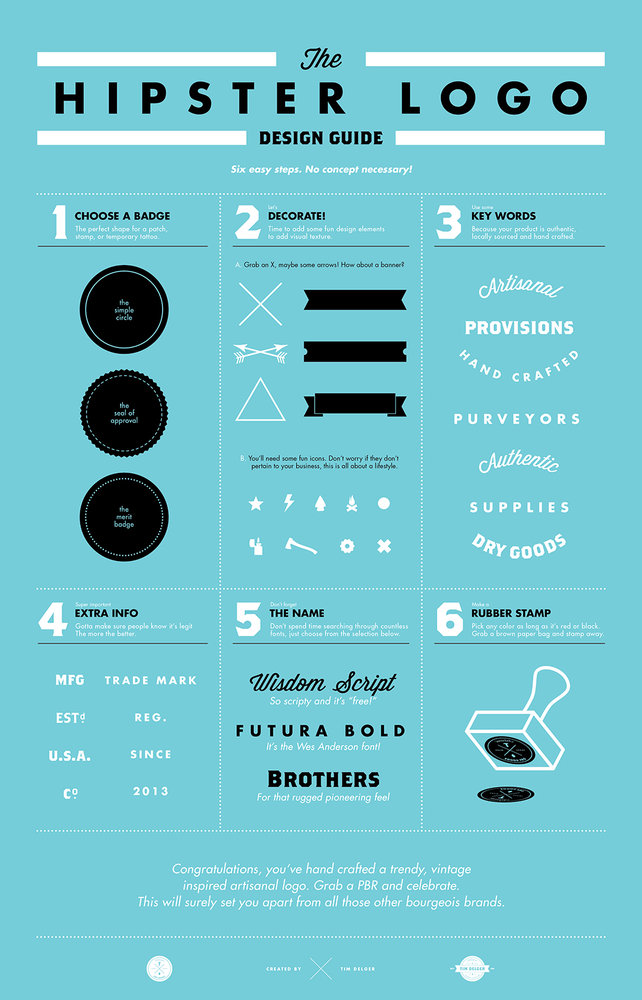"Hipster's can't be defined because then they'd fit in a category, and thus be too mainstream."
Hipsters also seem to be very creative people which helps support the concept of authenticity. Nothing is more authentic than creating it yourself. Some examples can be music, visual art, lyrics, poems, etc. The trickiness of this subculture is finding a way to become successful and well-known throughout the secret underground community but not famous enough where you become too mainstream. If you hit the radio's top 100, you have sold-out and succumbed to the man -- and everyone know's that not cool.
MUSIC:
I don't find myself listening to a lot of folk-inspired music or anything that involves a ukelele, but it's what is widely heard throughout the hipster community. Of course, there are different sub-genres of hipster music but one band that I found happened to be called YACHT. The visuals in the music video showcase a lot of triangles (which seem to be a trend throughout hipsters) and unconventional clothes with clashing patterns subtitling hinting towards 60's fashion and 80's editorials.
https://www.youtube.com/watch?v=vHNtMWKqMeg
ART:
Art is a very broad term when it comes to the hipster culture. Specifically, I would like to touchup on Graphic Design. It seems as though almost every hipster is in love with good design and has an aesthetic for typefaces and kerning almost to a point where one can point out a certain design style that hipster graphic designers often go to.
SOCIAL MEDIA & TV:
Social Media has taken the hipster culture by storm introducing new websites to showcase more personality than ever. Some major sites that has almost become a home to hipsters is Tumblr.com and even Pinterest. Blogging, venting, crafting and anything to show how unique you are and what you have to say is important in the hipster community. Sharing polaroid pictures of a Starbucks coffee next to a sunset or a lonely balloon in a forrest can really evoke feelings for your followers as well as give you an excuse to call yourself a photographer.
TV has jumped on the hipster band wagon as well with shows like Portlandia and networks like IFC (their slogan is "Always on, slightly off"). All in all, hipsters of the 21st century seem to follow some important themes: authenticity, unconventional lifestyles, and staying away from anything that could be considered too mainstream.
